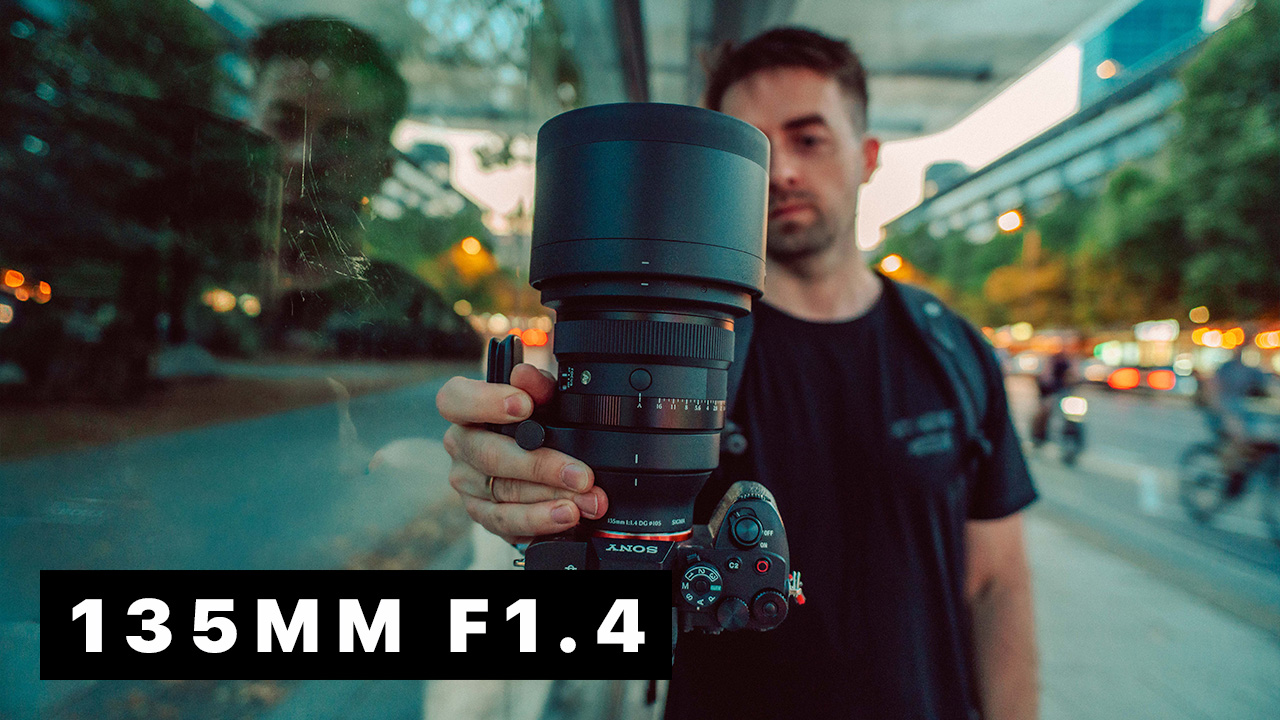This is the new Sigma 135mm f/1.4 DG DN Art. Sigma isn’t shy about bold statements, but with this lens, the company doesn’t need to talk much. The lens speaks for itself. As the world’s first autofocus 135mm f/1.4, it breaks new ground in optical engineering and promises unmatched performance for both portrait and event photography.
What makes this achievement so impressive isn’t just the speed of the aperture. But how Sigma managed to tame the optical challenges that come with it. From advanced glass elements to a floating focus system. The Sigma 135mm f/1.4 DG DN Art is as much an engineering triumph as it is an artistic tool.
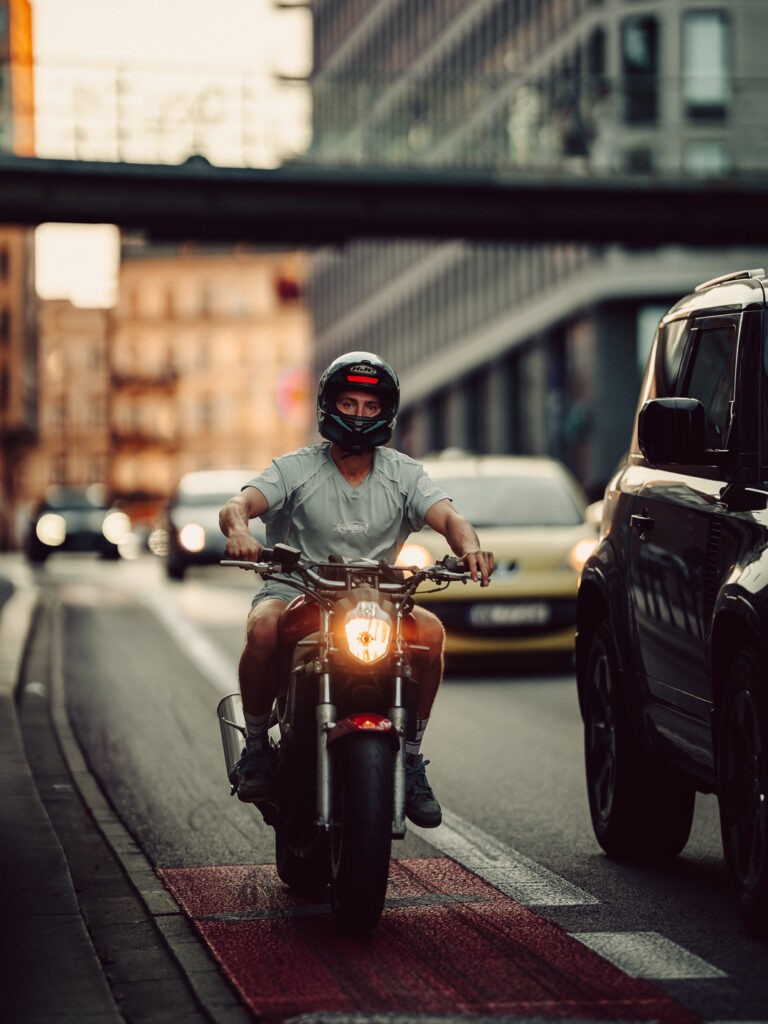
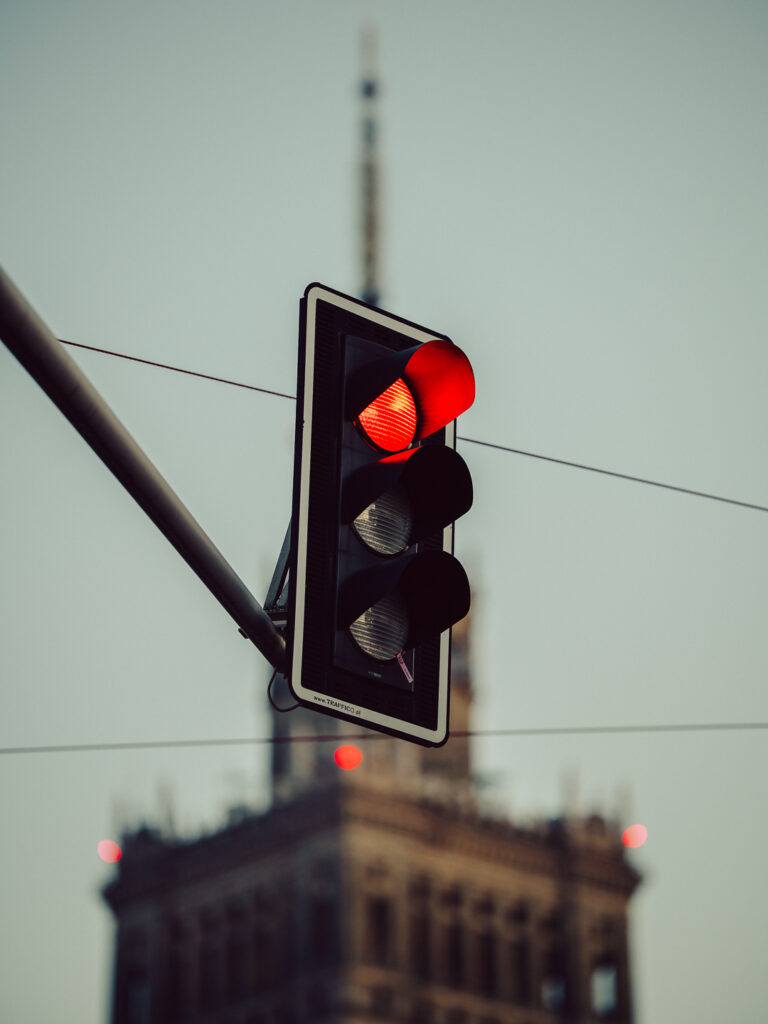
Sigma 135mm f/1.4 Optics
Inside the barrel lies a 17-element, 13-group optical design, including:
- 4 FLD elements (fluorite-like low dispersion)
- 2 aspherical elements
- Additional high-dispersion glass elements carefully paired to suppress aberrations
This isn’t just about hitting f/1.4. Sigma has specifically targeted axial chromatic aberration, a flaw that often plagues fast tele lenses. By combining multiple exotic glass types, the lens keeps color fringing impressively low, even at wide-open apertures.
The 13-blade rounded diaphragm produces exceptionally round bokeh highlights, and Sigma claims this lens delivers even creamier background blur than its famed 105mm f/1.4 “Bokeh Master.”
I use Sigma 105mm f/1.4 on a daily basis, and I can honestly say that I was still shocked by the image from 135mm.
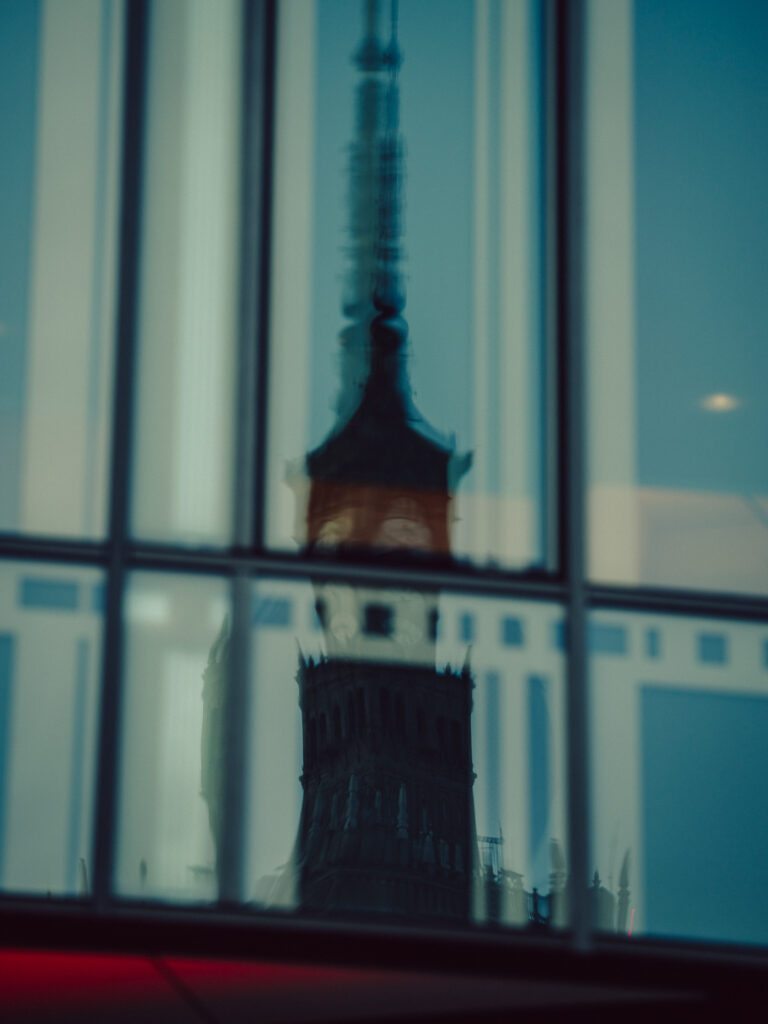

How It Compares to the Sigma 105mm f/1.4 Art
Sigma’s 105mm f/1.4 Art earned its “Bokeh Master” nickname for good reason. With its enormous optics and beautiful rendering, it became the go-to lens for portrait shooters chasing creamy blur.
The new Sigma 135mm f/1.4 DG DN Art, however, raises the stakes. The extra reach naturally gives subjects more separation from their backgrounds, and paired with the wider f/1.4 aperture, the bokeh feels even deeper and more enveloping. Sigma also improved control of chromatic aberrations, making the 135mm cleaner wide open than the older 105mm design.
Handling shows a clear evolution as well. The 105mm remains notoriously large and heavy, tipping the scales at over 1.6 kg. The 135mm, though still substantial, feels more balanced at 1.43 kg and benefits from a refined, mirrorless-era design.
The 105mm may still appeal in tighter environments where a slightly wider focal length helps. But for outdoor portraits, candid sessions, and situations where maximum compression matters, the 135mm offers the stronger mix of usability and image quality.

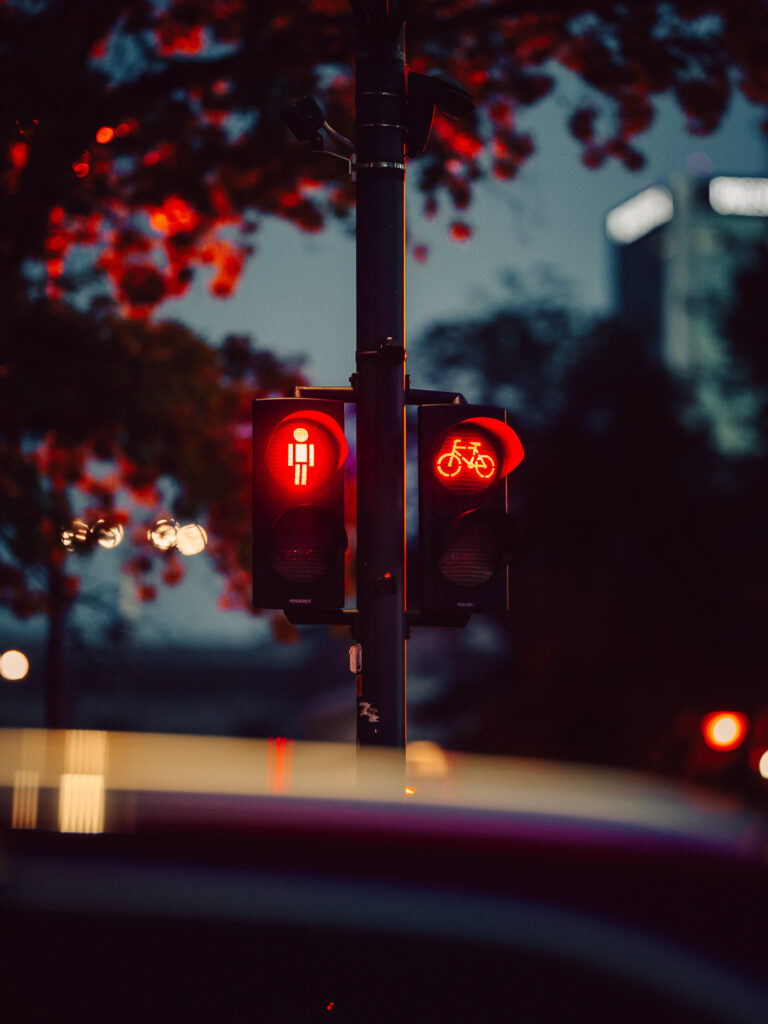
Floating Focus System with Dual HLAs
Autofocus speed and precision are often weak spots in lenses with huge, heavy elements. To counter that, Sigma implemented a floating focus system: two independent groups inside the lens move separately to maintain high resolution across focus distances.
Driving those groups are dual HLA (High-response Linear Actuators), which work in parallel to provide both speed and accuracy. In practice, this means snappy, reliable AF tracking, even when working at razor-thin depth of field at f/1.4.


Build and Handling
Sigma 135mm f/1.4 feels like a flagship. At 1.43 kg (3.15 lbs) and about 112 × 135 mm, it’s no featherweight, but Sigma has designed it smartly for balance. On full-frame mirrorless bodies, the handling feels manageable, especially with the included tripod collar featuring Arca-Swiss grooves.
Other design highlights include:
- De-clickable aperture ring with lock
- Two AFL buttons for assignable functions
- AF/MF switch
- Weather sealing plus oil- and water-repellent coating on the front element
L-mount users get an additional perk: the ability to switch the focus ring between linear and non-linear response, ideal for videographers who want predictable manual focus pulls.


Image Quality in the Real World
It is outstanding.
Flare resistance is strong thanks to Sigma’s coatings, though you can coax ghosting with direct light sources at certain angles. Vignetting is visible at f/1.4, as expected at this aperture, but improves significantly by f/2.
The bokeh is the star. It is buttery smooth, with rounded specular highlights and zero nervousness. This is the kind of rendering that gives portraits a three-dimensional pop, isolating subjects with cinematic depth.

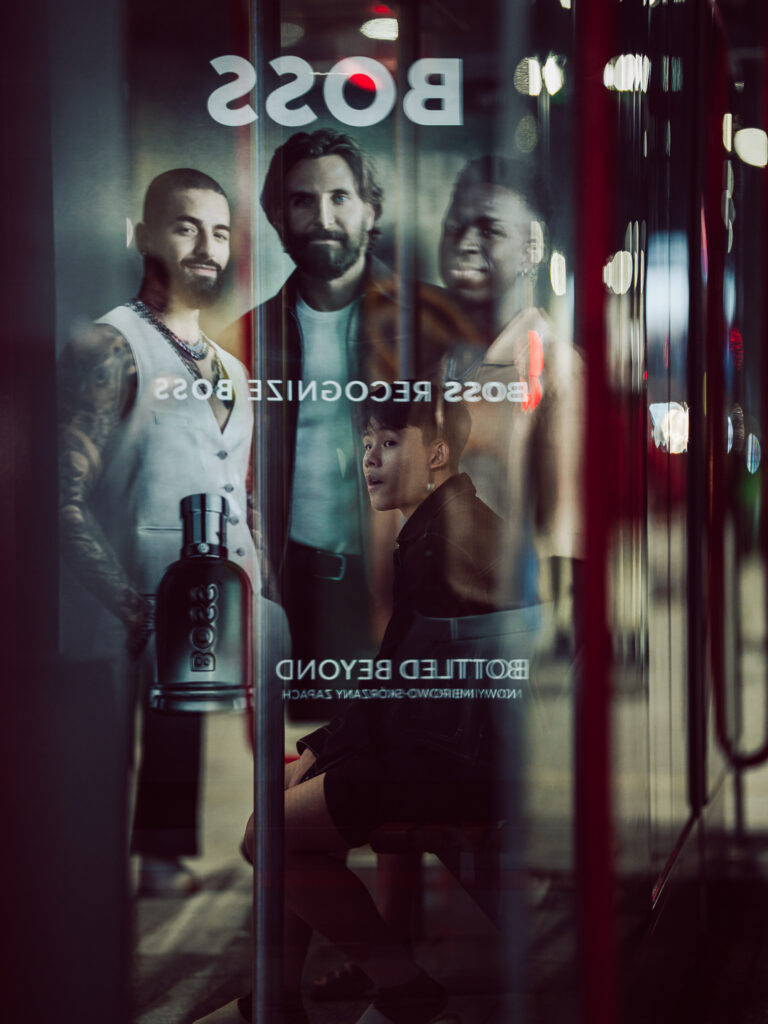
Sigma 135mm f/1.4 - Who This Lens Is For
- Portrait photographers wanting the ultimate subject separation and creamy background blur
- Event shooters needing low-light performance at telephoto distances
- Videographers seeking cinematic compression with precise aperture control and minimal focus breathing
At $1,899, it’s not an impulse buy, but for serious shooters who need the best, it delivers unique capabilities no other lens offers today.
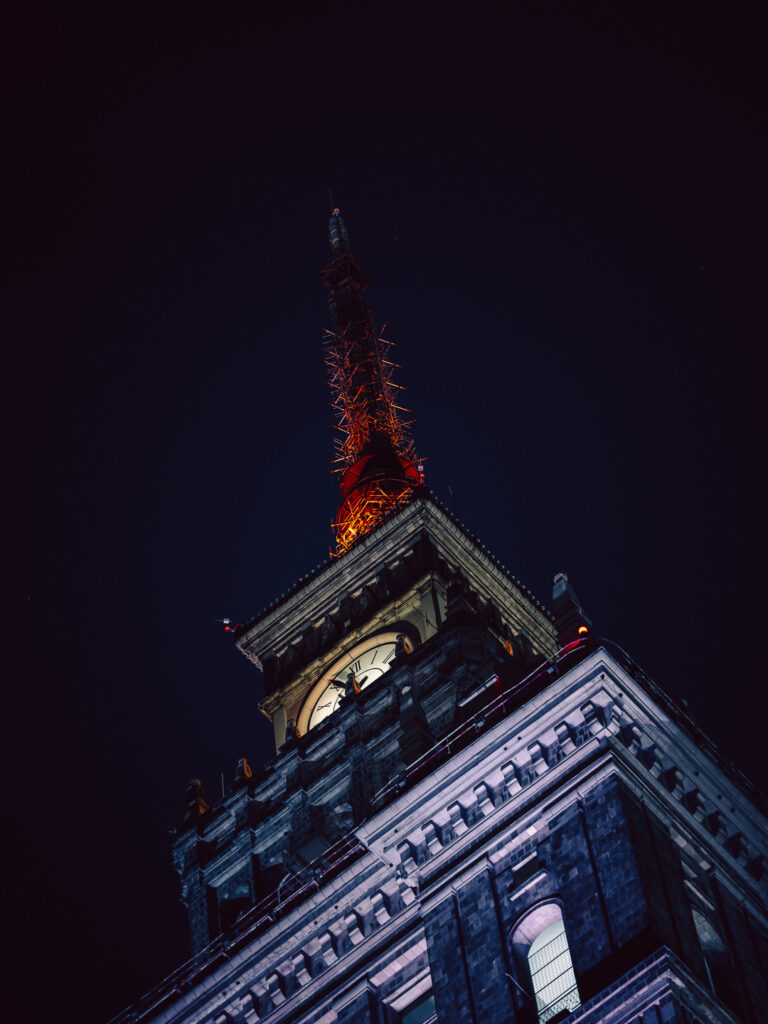

Final Thoughts
The Sigma 135mm f/1.4 DG DN Art isn’t just another portrait prime. It’s a statement piece. By combining a groundbreaking aperture, cutting-edge optics, and robust handling, Sigma has crafted a lens that redefines what’s possible at this focal length.
For photographers chasing the perfect blend of sharpness, bokeh, and creative control, the 135mm f/1.4 DG DN Art may well become the new gold standard.
I recorded a video showcasing real life usage. Enjoy!

